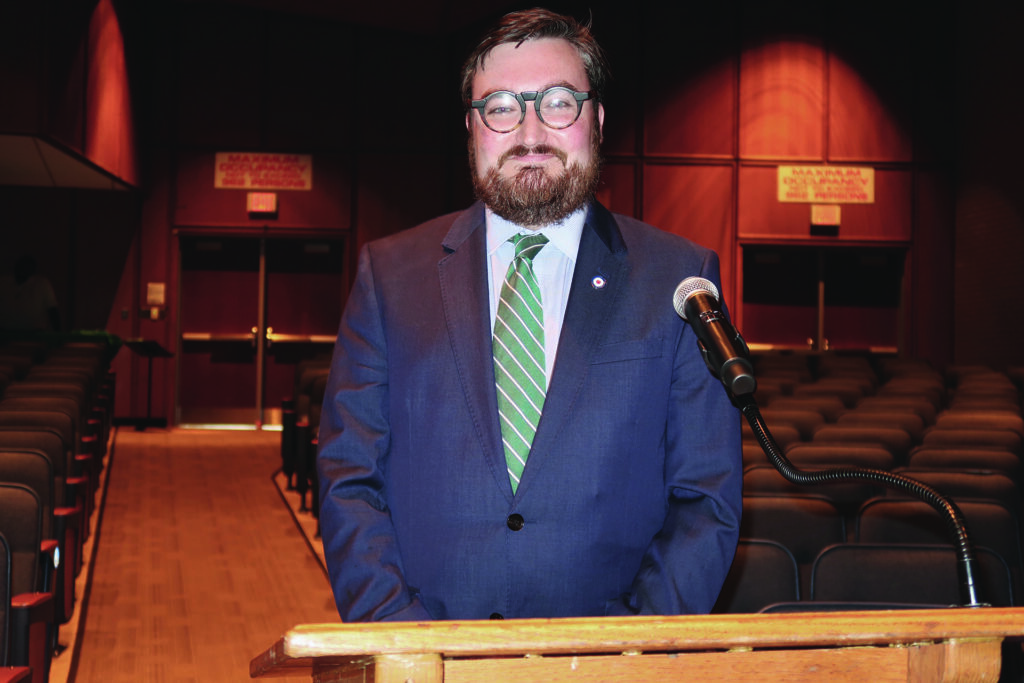Marina owner says county might destroy his business

VERA CHINESE PHOTO
Suffolk County has been dumping sand at an ever-eroding peninsula at
Indian Island County Park since 2006, a practice the owner of Larry’s
Lighthouse Marina said is narrowing the entrance to the bay. County
officials deny the sand is effecting the channel, though they might
look at other options after their state permit expires.
Suffolk County work crews have once again dumped sand along a peninsula in Indian Island County Park at the mouth of Meetinghouse Creek in Aquebogue, despite claims from residents and business owners that the eroding shoreline will eventually choke the channel, making the creek inaccessible.
“We can’t get two boats by at the same time,” Alex Galasso, owner of Larry’s Lighthouse Marina in Aquebogue, said of this year’s bluff restoration project in the park.
An impassable channel would undoubtedly kill business at the 160-slip marina, which is one of the largest on the North Fork and draws boaters from all over Long Island and as far away as Arizona, he said. Mr. Galasso said the now 80-foot wide channel that leads to the Peconic Bay was 125-feet wide just five years ago.
“The water there is probably a foot deep, maybe,” he said, pointing to the area surrounding the channel. He said larger boats need at least five feet of water to pass through.
Mr. Galasso, whose family has owned the marina for 40 years, said he noticed the channel was narrowing in 2006, the same year the county started dumping sand on the bluff. Suffolk County has dumped hundreds of tons of sand since then, much of which is washed away by the next year.
But Suffolk County Parks and Recreation Commissioner John Pavacic said the county has not dumped nearly enough sand to fill in the channel and claims that it has no adverse effect on the area.
Unsatisfied with Mr. Pavacic’s response, Mr. Galasso asked county Legislator Ed Romaine (R-Center Moriches) to contact the commissioner to consider other options.
Mr. Romaine said Mr. Pavacic could not provide him with any concrete evidence or studies to show that what the county is doing does not affect the channel.
“He was making an assertion without any factual claims to back it up,” Mr. Romaine said.
Mr. Pavacic, who admitted the county has not conducted any formal studies of the project, said that it was unlikely the sand was contributing to shoaling in the area, theorizing that it could be caused by major storms and excessive rainfall. He added that the county’s current plan is the most environmentally friendly option, as the Department of Environmental Conservation discourages placing permanent structures along the water, a process known as shoreline hardening.
The commissioner said the county will continue to dump sand at the site until its DEC permit expires in 2011, but that it could explore other options in the future.
“We will be reaching out to our department of public works and approaching experts to evaluate the situation,” he said.
He noted that the county usually dumps much less than the 1,000 cubic yards of sand allowed by the DEC. He could not say how many cubic yards the county planned to place at the bluff this year.
Still, Mr. Galasso is convinced the county should find another solution, perhaps dredging or making an exception for placing a bulkhead near the shore.
He noted that if a private businessman like himself was dumping sand in the area and affecting the environment, he would probably receive a fine or worse.
“We’d be in handcuffs,” he said.








